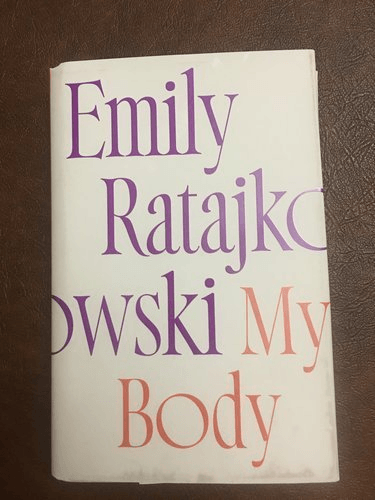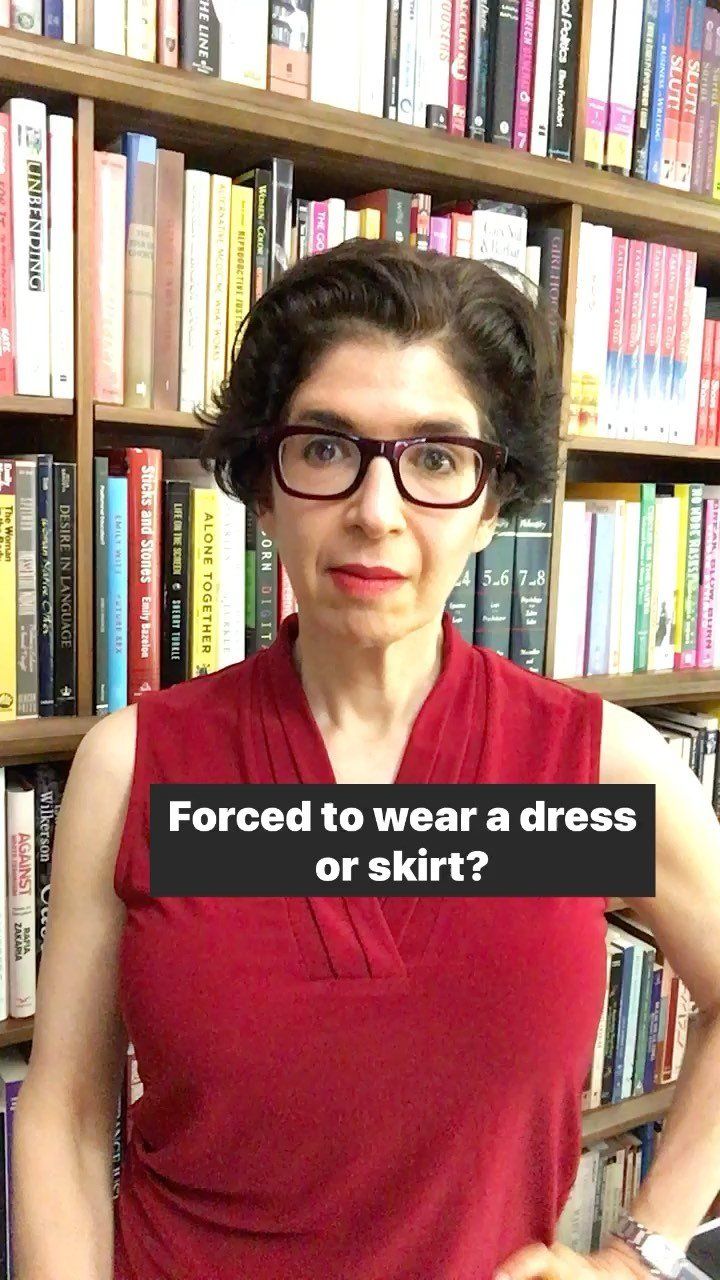THE LEORA LETTER
Boys will be boys…and girls will be sluts.
June 15, 2022

Slut,” “hoe,” and “thot” are slippery and subjective terms that can apply to any girl or woman, regardless of how they dress or behave. I shed light on slut-shaming—how and why assumptions about being “too” sexual are applied, the consequences for women, and the impact on everyone, regardless of gender.
Slut-shaming matters because when people are dismissed as sluts, hoes, and thots, they are denied care and compassion in a variety of situations, including when they are sexually harassed, sexually assaulted, and need an abortion.
My Body by Emily Ratajkowski

Photo credit: Shutterstock
In her 2021 memoir My Body, supermodel Emily Ratajkowski reveals the tension between profiting off her body and feeling violated when others profit off her body without her consent, as well as her experiences with sexual assault. Many people no doubt can relate to Ratajkowki’s fervent desire to “control” and “own” their images and the stories that are told about them.
Ratajkowski writes, “For most of my life, I thought of myself as savvy, a hustler. I understood that I had a commodifiable asset, something the world valued, and I was proud to have built a life and career off my body. All women are objectified and sexualized to some degree, I figured, so I might as well do it on my own terms. I thought there was power in my ability to choose to do so.”
In 2012, Ratajkowski dropped out of UCLA to pursue modeling full-time. She appeared naked on the cover of a limited-edition Playboy-esque magazine, Treats!, in 2012. She was catapulted to international fame in 2013 when she appeared in the music video for the song “Blurred Lines” by Robin Thicke, T.I, and Pharrell Williams. Ratajkowski and two other models danced goofily while the three men, fully clothed, sang lyrics that justify sexual assault (“I hate these blurred lines/I know you want it/But you're a good girl/The way you grab me/Must wanna get nasty”).
There are two versions of the video—“official” and “unrated.” In the official version, Ratajkowski and the other models wore lingerie, short shorts, and crop tops. In the “unrated” version, they were almost completely naked.
“Blurred Lines” was torn apart as “rape-y” and demeaning. At the time, Ratajkowski recalls in her memoir, she defended her performance as “empowering” because “I felt confident in my body and my nakedness, and who was anyone to tell me that I wasn’t empowered by dancing around naked?”
Yet, Ratajkowski also reveals that Thicke assaulted her during the shoot by grabbing her breasts.
The year before, Ratajkowski was sent by her agent to a photo shoot with Jonathan Leder at his home in Woodstock for a small-circulation magazine, Darius, featuring nudity. With no way to get home after the shoot ended, Ratajkowski spent the night at Leder’s house, where he sexually assaulted her.
Later, Leder sold several books featuring hundreds of nude photos he had taken of her that night—even though her agreement covered distribution only in the magazine. Ratajkowski’s lawyer advised her not to pursue a lawsuit because even if she won in court, the photos were already published and circulated. These violating photographs were also featured at a gallery on the Lower East Side, even though Ratajkowski publicly protested the exhibit.
I ask that you please not search online for these images.
In her book, Ratajkowski also recounts that in high school, she was raped by her first boyfriend. When she was 22, private photos on her phone were stolen through an iCloud phishing scam and published on the internet. The artist Richard Prince took one of her Instagram images and repurposed it to profit himself.

Ratajkowski describes her efforts to push back against these multiple experiences of violation and predation. She also shares that when she tweeted about the fact that Leder was using her image without her consent, one woman commented, “You could always keep your clothes on and then you won’t be bothered by these things.”
And when a magazine fact-checker reached out to Leder (the essay about him originally appeared in New York Magazine), he responded that Ratajkowski’s allegations were “too tawdry and childish to respond to” and added, “You do know who we are talking about, right? This is the girl that was naked in Treats! magazine and bounced around naked in the Robin Thicke video at that time. You really want someone to believe she was a victim?”
This memoir is an important and fascinating illustration of the limits of the power of being regarded as a sex object. And you don’t have to look like Ratajkowski to be sexually objectified. Many people, especially women, have experienced objectification. For several years, Ratajkowski looked up Leder online. “I almost felt like I was checking in on a part of me, the part of me he now owned,” she writes.

Key takeaway: Read this book to learn about a supermodel’s failed attempts to wrest control over her image and body. Her story sheds light on the breadth and depth of the culture of slut-shaming.



